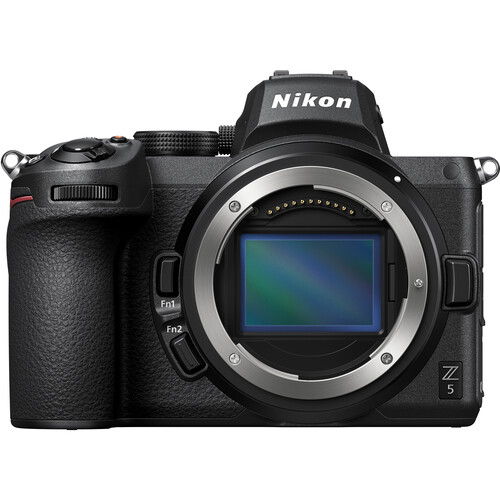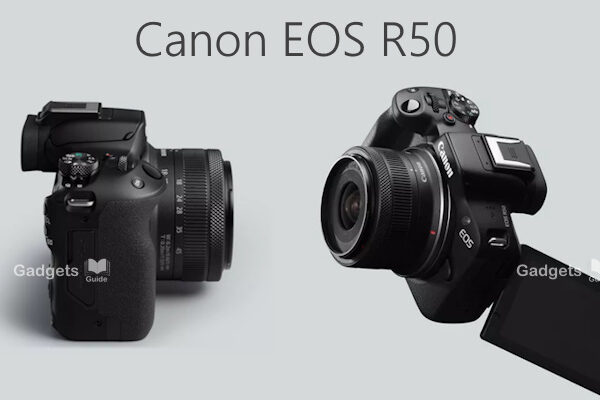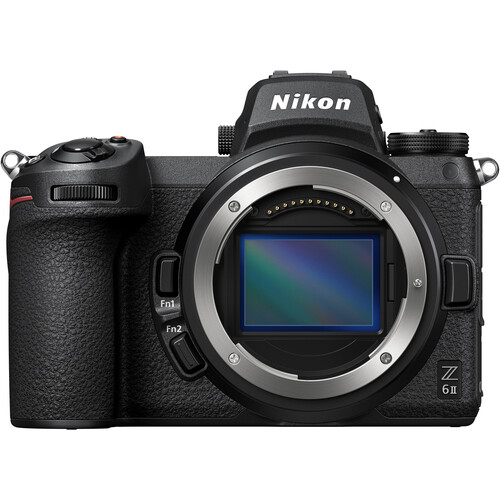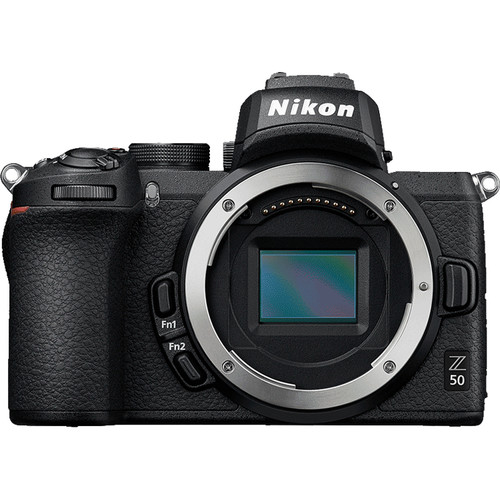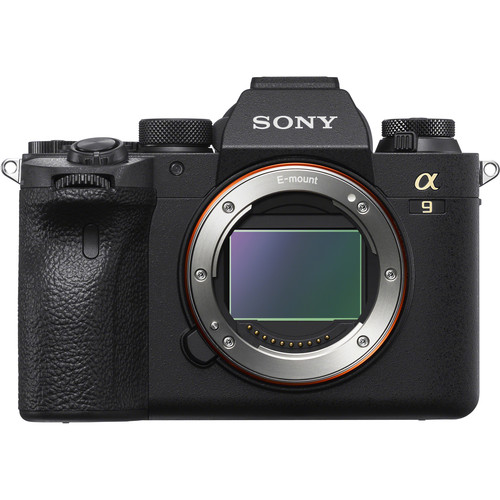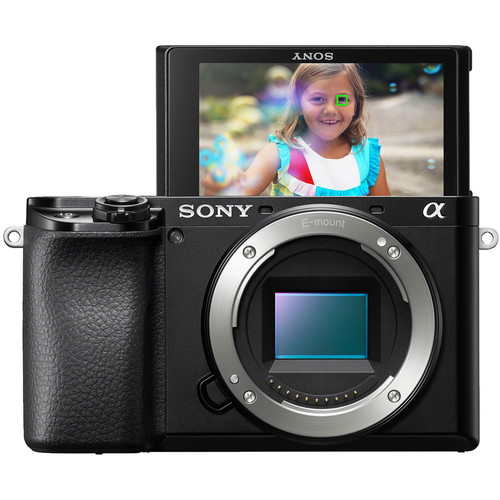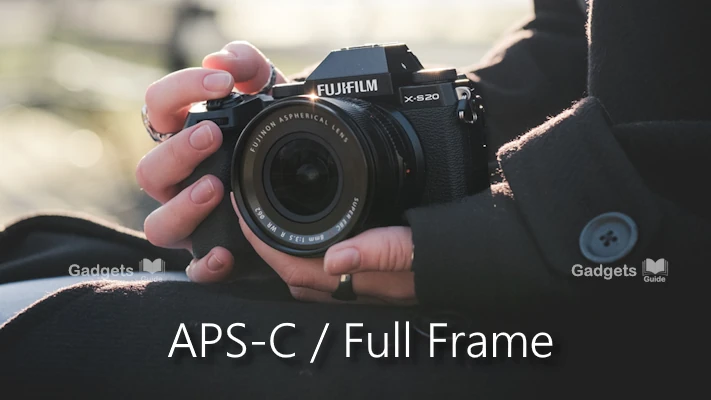
APS-C cameras are smaller and lighter than full-frame cameras, making them perfect for travellers and outdoor enthusiasts.
As a photographer who loves to explore the great outdoors, I’ve always been on the lookout for gear that can keep up with my adventures. For a long time, I was convinced that a full-frame camera was the only way to go. But after trying out an APS-C camera, I realized I’d been missing out on something truly special. Here is why I ditched my full frame for a more compact and affordable option.
1. Cost-effective and easy on the wallet
One of the biggest reasons I switched to APS-C was the cost. Both the cameras and lenses are generally more affordable than their full-frame counterparts. This means I can spend less money on gear and more time exploring new places. And with a wider variety of options available, I can find the perfect camera and lenses to suit my specific needs.
See: Canon EOS R50 – Your Entry to High-Quality Photo & Videography
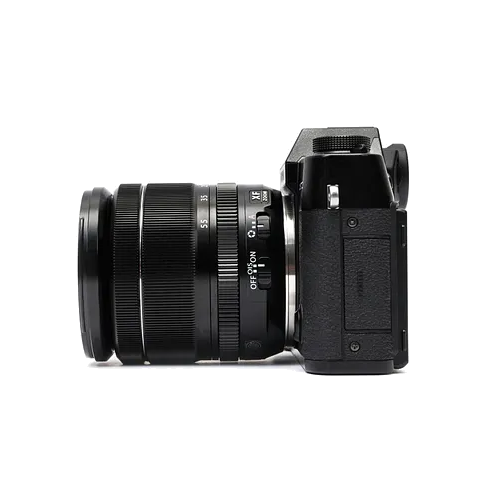
2. Lightweight and portable
When you’re living out of a van or backpacking through the wilderness, every ounce counts. APS-C cameras are significantly smaller and lighter than full-frame cameras, making them ideal for travel. I can easily pack my camera in my backpack and be ready to capture any moment that comes my way.
3. Modern technology bridges the gap
While APS-C cameras used to have some limitations compared to full-frame, modern technology has leveled the playing field. With advancements in image sensors, autofocus, and post-processing software, APS-C cameras can produce stunning images that rival full-frame. So, don’t let the smaller sensor size fool you – APS-C cameras are more capable than ever before.
In conclusion, if you’re looking for a camera that’s both affordable and portable, an APS-C camera might be the perfect choice for you. Whether you’re a seasoned photographer or just starting out, APS-C cameras offer a great balance of performance, size, and price. So, pack your bags, grab your camera, and get ready to explore the world!
See: Canon’s Eye-Controlled Autofocus: A Game-Changer

